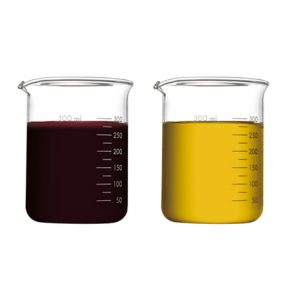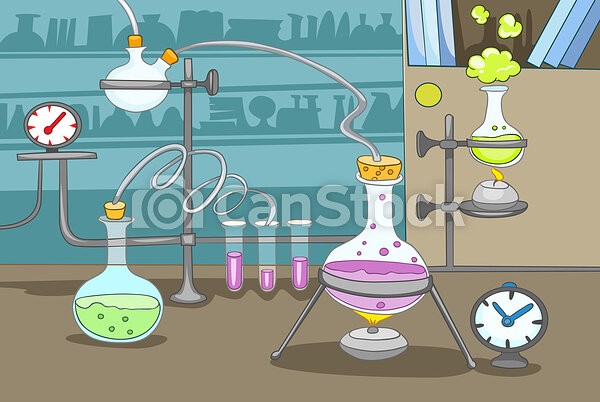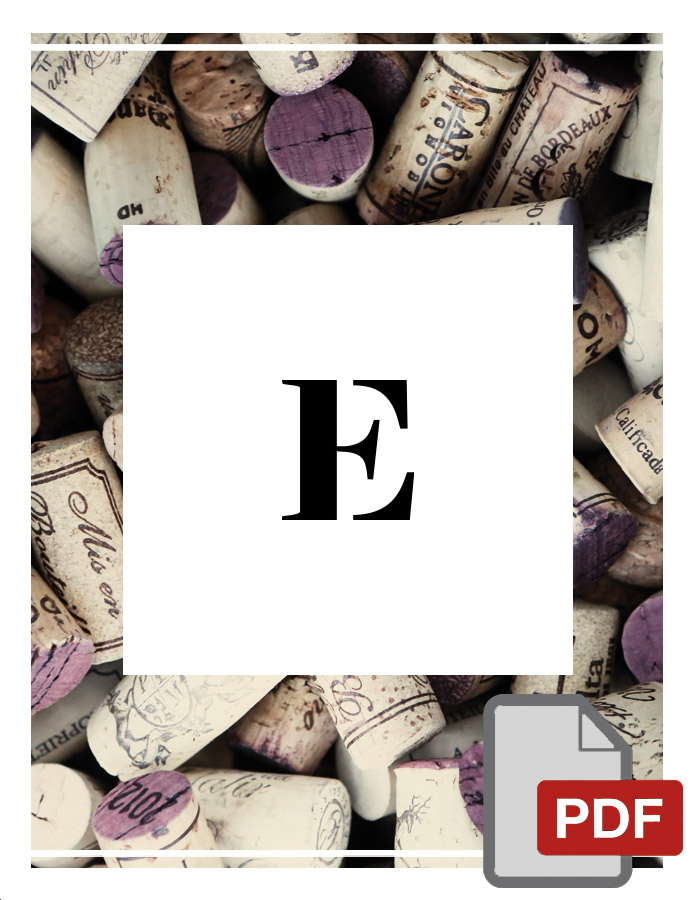Learning about wine
Treatments and Corrections of the must
Hello everyone, today we end our chat about the must and more precisely we talk about treatments and corrections.
The Treatments
They vary according to the type of winemaking; for the winemaking in white (which we will talk about in the next articles), the process includes a clarification of the must. As the word itself says, the must is lightened and made clearer. First of all you need to know that this step is carried out at low temperatures (from 6 to 8 ° C) in double-walled insulated tanks, inside which a refrigerant solution circulates.
What does this clarification procedure consist of? In adding clarifying substances such as bentonite jelly, casein or silica gel which are followed by delicate filtrations. An important role is also played by enzymes that break down the proteins molecules. In fact, these molecules are substances that enrich the stickiness of the must and make it more dense.
But it is the sulfur dioxide that plays the key role in fulfilling most of the treatment functions. It is a gaseous substance that is added to the must and, thanks to its antioxidant properties, limits the damage caused by oxygen and oxidative enzymes. Furthermore, it inhibits the development of bacteria and wild yeasts that would damage the wine.

The Corrections
the must is not always perfect so sometimes it is necessary to intervene to correct it.
Sugar Degree
The sugar content can be either decreased or increased. The increase is the correction that is made more frequently especially in unfavorable years when there is an imperfect ripening of the grapes. Note that Italian law prohibits adding sugar to must (except for liqueur or particular wines). So how do you make the must sweeter? By adding the concentrated must (MCR) which is a must obtained with the evaporation of water; operation carried out under vacuum in order to avoid both the caramelization of the sugars and the alteration of the organoleptic characteristics.
There are other ways, less used but equally valid to increase the sugar content of the must; add mute must, that is a must already partially fermented with a sugar content of 18-20%; or partially dried grapes can be also used.
Acidity
During alcoholic and malolactic fermentation, aging and refinement of wine, acids tend to be partially transformed and this causes a decrease in the vivacity of color and in the perception of freshness on the palate when tasting the wine. To overcome all this, tartaric acid is added to the must when needed.
Well. I would say that you now have all the basic information on the must. From next week we start talking about winemaking. Hava a lovely week en, and given the temperatures … enjoy a good sparkeling rose like Pittaro’s Pink Brut Rosato
See you soon!





